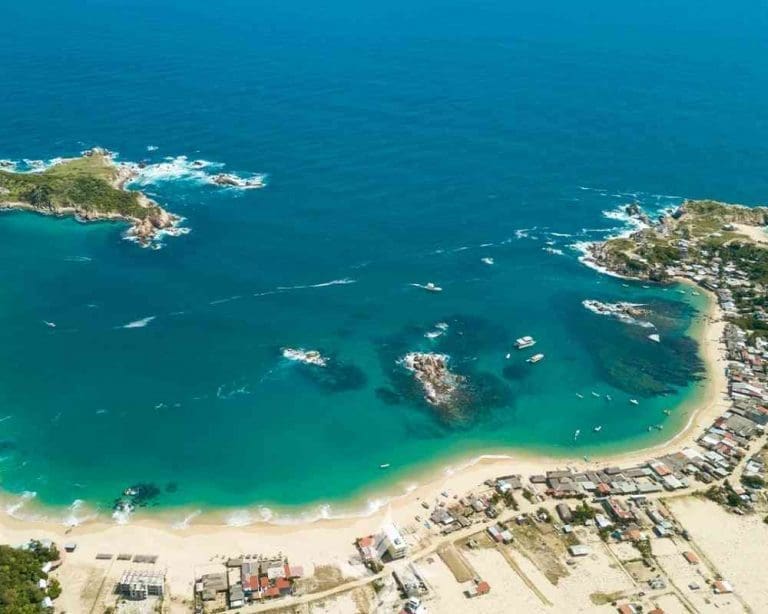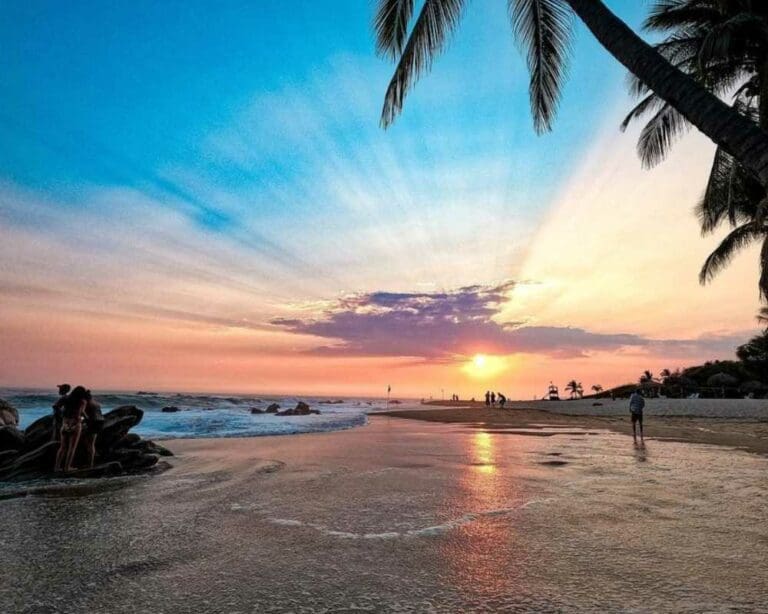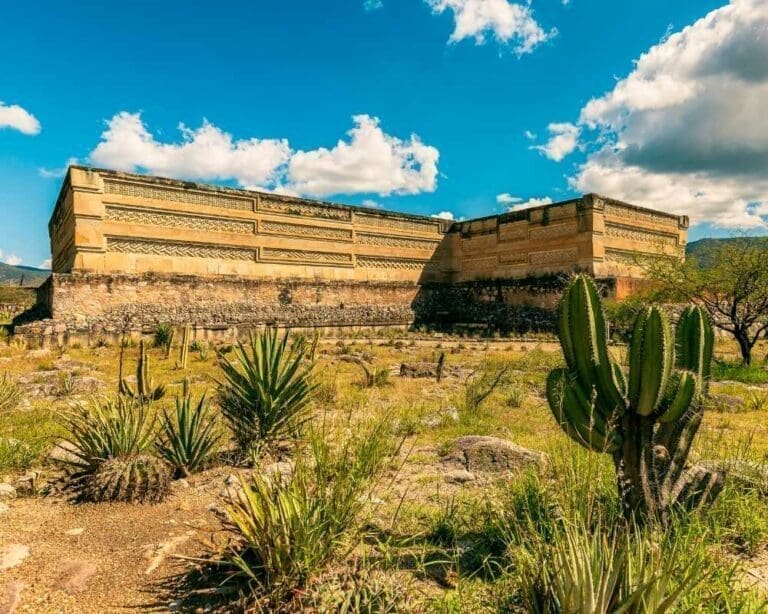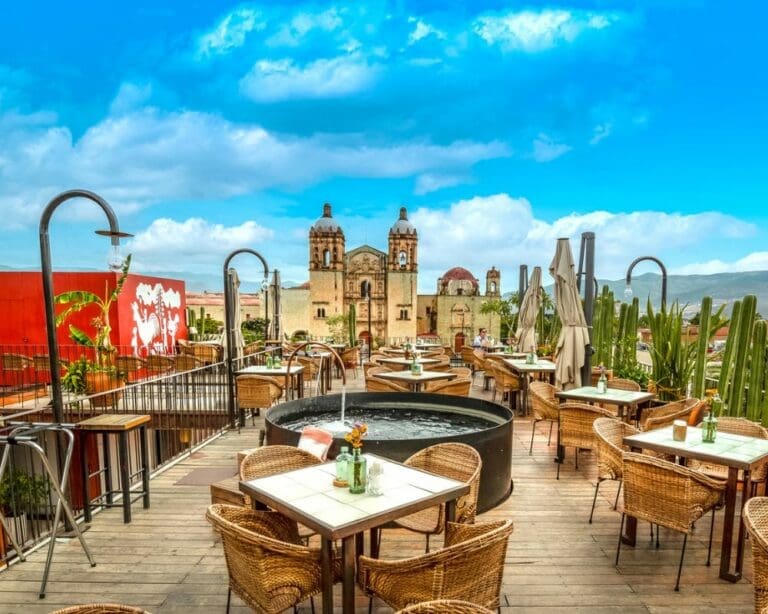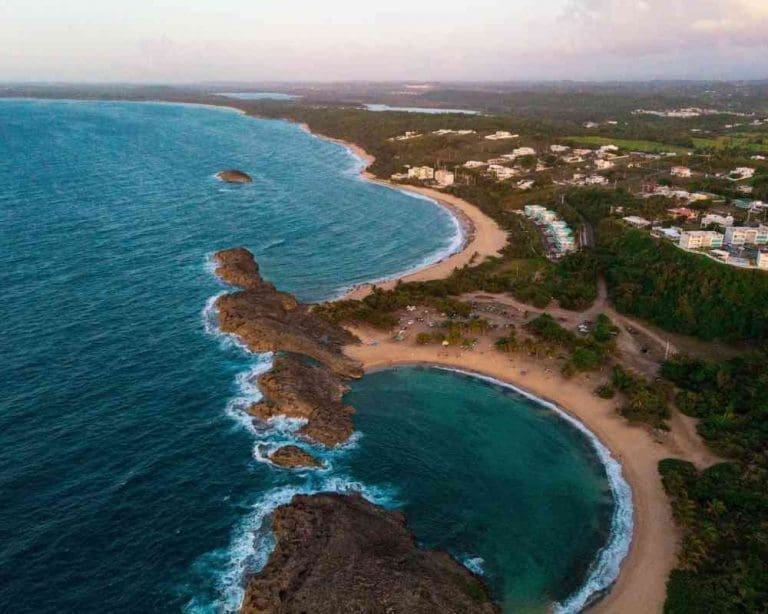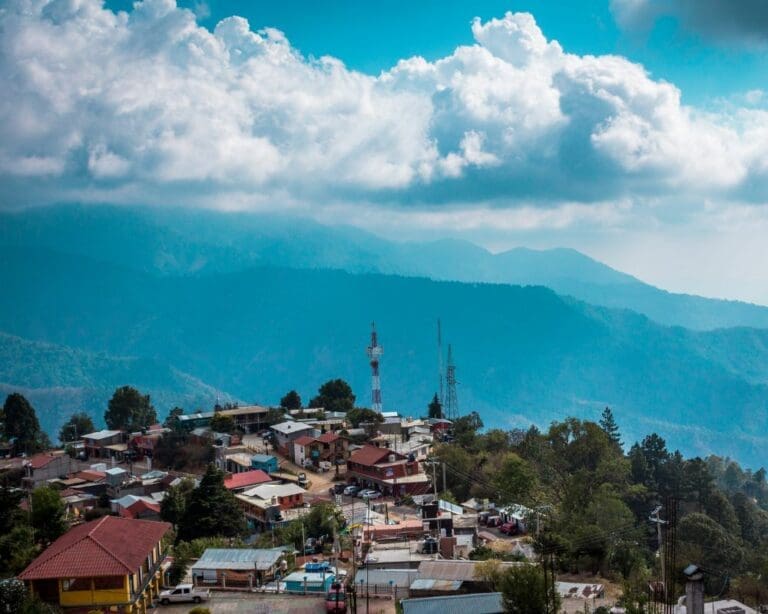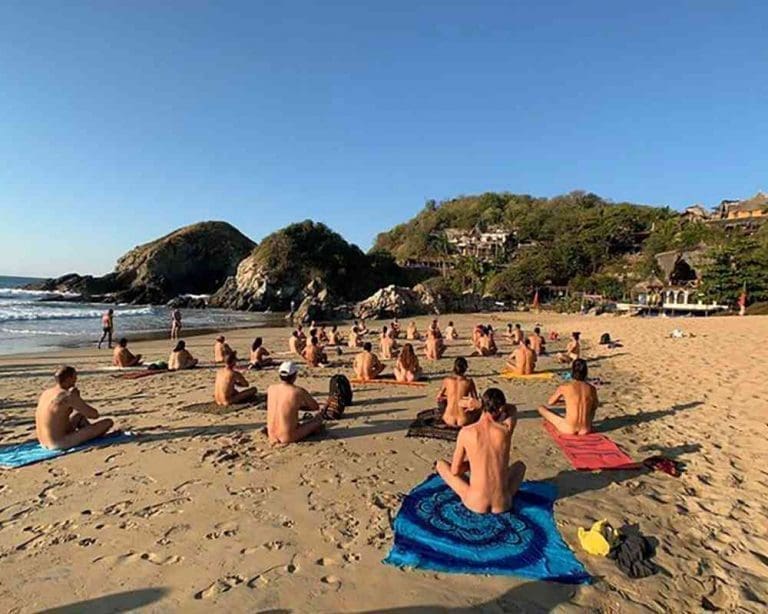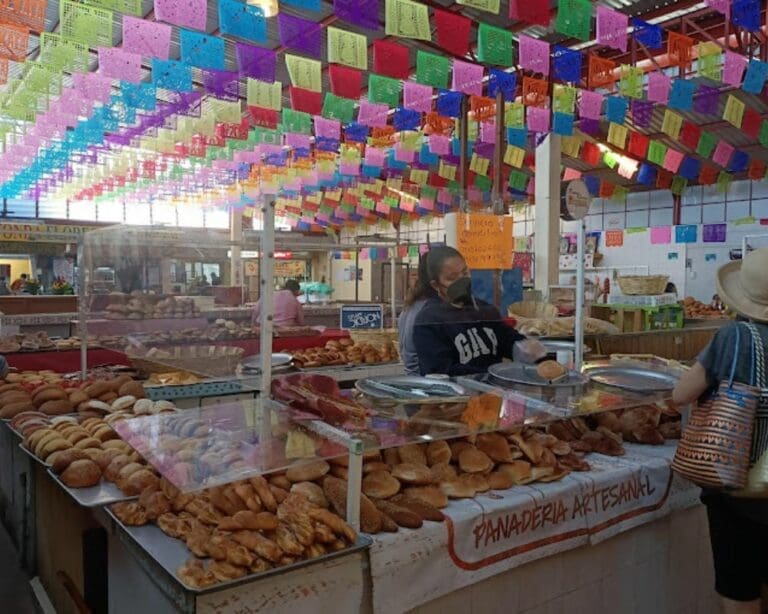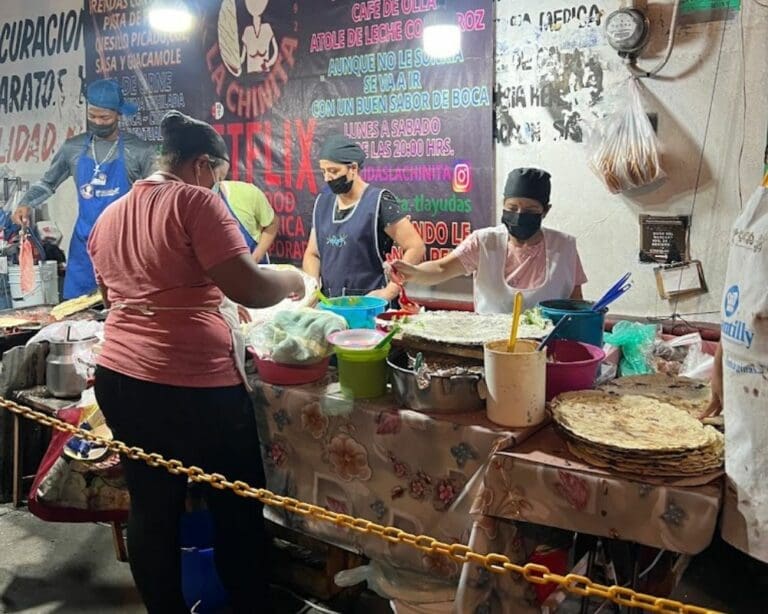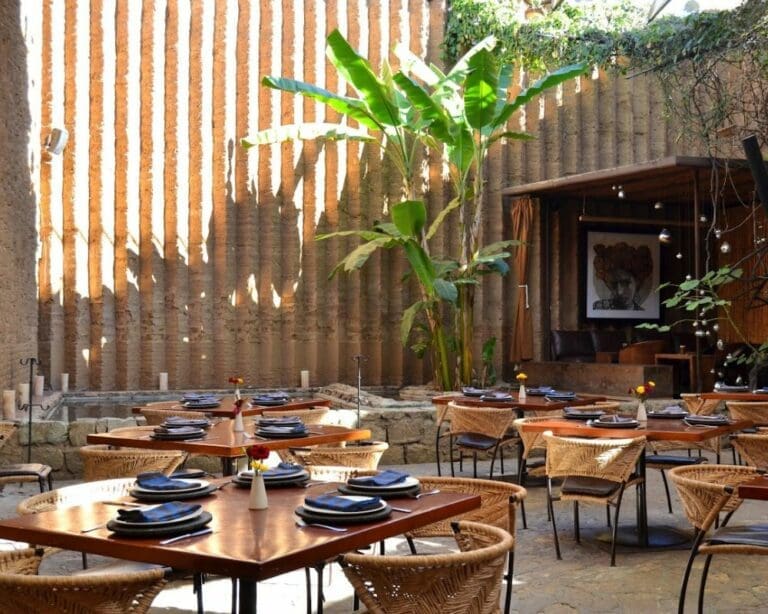All the beautiful attractions in Oaxaca
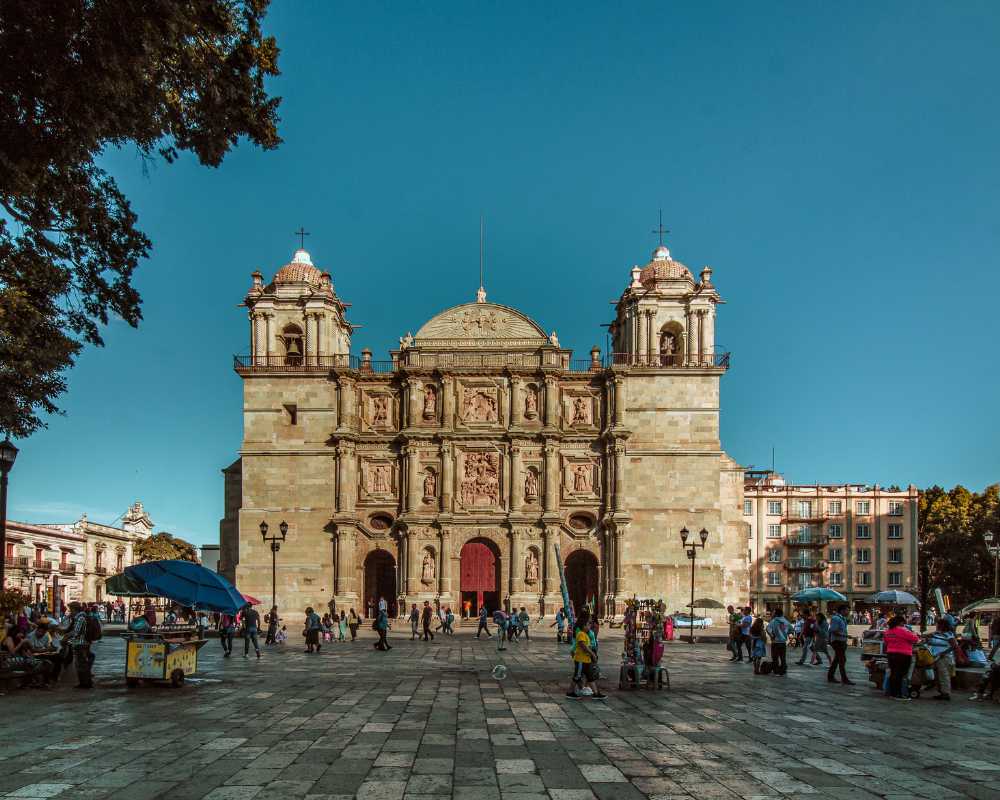
Oaxaca QUICK INFO
- 🇲🇽 Capital: Oaxaca de Juarez (Oaxaca City)
- ⏰ Timezone: Central Standard Time (GMT-6)
- ✈️ Airports: Oaxaca International Airport (OAX), Puerto Escondido International Airport (PXM), Huatulco International Airport (HUX)
- 🌆 Major Cities (population): Oaxaca de Juarez (266,033) San Juan Bautista Tuxtepec (144,555) Juchitlan de Zaragoza (85,869) Salina Cruz (76,219) Santa Cruz Xoxocotlan (65,873)
- 🚩 Size/Area: 36,275 square miles
- 🧑🤝🧑 Population: 2,844,469 (2005 census)
- 📅 Year of Statehood: 1824
Oaxaca Attractions (A-Z)
MEXICO DESTINATIONS
Discover more Oaxaca attractions
Oaxaca ATTRACTIONS
We customize tours in Oaxaca!
Get in touch with us at Insider Travel to get a quote. No hidden costs, just simple prices.

